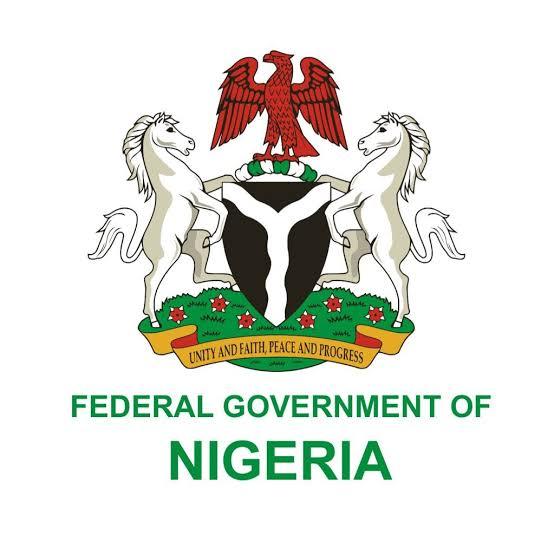In a progressive step towards improving the welfare of government employees, Zamfara State has approved a new salary structure for its civil servants, pegging ₦70,000 as the minimum wage across all levels in 2025. This bold initiative aims to address the rising cost of living, attract qualified talent, and ensure fairness across the public sector.
The new structure reflects the state’s commitment to building a motivated and productive workforce by offering competitive and sustainable salaries along with multiple allowances and benefits.
Zamfara State Civil Service Salary Structure (2025)
The salary structure in Zamfara State is categorized into Grade Levels (GL) from 01 to 17. All levels have been adjusted to reflect a ₦70,000 minimum baseline, with steady progression as one moves up the hierarchy.
Monthly Salary by Grade Level
|
Grade Level (GL) |
Monthly Salary Range (₦) |
|
GL 01 |
₦70,000 – ₦85,000 |
|
GL 02 |
₦75,000 – ₦90,000 |
|
GL 03 |
₦80,000 – ₦95,000 |
|
GL 04 |
₦85,000 – ₦100,000 |
|
GL 05 |
₦90,000 – ₦110,000 |
|
GL 06 |
₦100,000 – ₦130,000 |
|
GL 07 |
₦120,000 – ₦150,000 |
|
GL 08 |
₦140,000 – ₦170,000 |
|
GL 09 |
₦160,000 – ₦190,000 |
|
GL 10 |
₦180,000 – ₦210,000 |
|
GL 12 |
₦210,000 – ₦250,000 |
|
GL 13 |
₦250,000 – ₦300,000 |
|
GL 14 |
₦300,000 – ₦360,000 |
|
GL 15 |
₦360,000 – ₦420,000 |
|
GL 16 |
₦420,000 – ₦500,000 |
|
GL 17 |
₦500,000 – ₦600,000 |
Allowances and Benefits for Zamfara Civil Servants
In addition to their base salary, civil servants in Zamfara State enjoy several financial and welfare benefits designed to enhance their livelihood and job satisfaction.
Key Allowances Include:
- Housing Allowance: Up to 30% of basic salary
- Transport Allowance: ₦10,000 – ₦50,000 depending on grade level
- Medical Allowance: Health coverage for staff and dependents
- Hazard Allowance: For staff in risky or technical fields
- Leave Allowance: 10% of annual salary paid once yearly
- Utility Allowance: To cover electricity, water, and data usage
- Responsibility Allowance: For those in leadership and supervisory roles
- Uniform Allowance: For personnel required to wear uniforms
- Training Allowance: For seminars, workshops, and capacity building
- Duty Tour Allowance (DTA): For official assignments outside base stations
13th-Month Salary Bonus
In addition to monthly earnings, Zamfara State offers civil servants a 13th-month bonus, paid at the end of the year. This bonus is typically 30% of their annual basic salary, offering added financial support during festive periods and promoting staff morale.
Pension & Retirement Benefits
Zamfara State adheres to the Contributory Pension Scheme (CPS) to ensure long-term financial stability for its public servants post-retirement.
Highlights:
- Employee Contribution: 8% of basic monthly salary
- State Government Contribution: 10% of basic monthly salary
- Gratuity: Paid as a lump sum on retirement
- Pension: Monthly payment after retirement
- Retirement Age: 60 years or 35 years in service
Frequently Asked Questions (FAQs)
Q1: What is the minimum salary for Zamfara State civil servants in 2025?
A: ₦70,000 is the minimum salary for all workers, including entry-level positions.
Q2: How much does a graduate on GL 08 earn monthly?
A: A civil servant on GL 08 earns between ₦140,000 and ₦170,000 per month, excluding allowances.
Q3: Does Zamfara State offer a 13th-month salary?
A: Yes, civil servants receive a 13th-month bonus equal to 30% of their annual salary in December.
Q4: What are the retirement benefits for civil servants in Zamfara?
A: Civil servants benefit from monthly pensions, gratuities, and health care post-retirement.
Q5: Are there allowances for health and transportation?
A: Yes, civil servants receive medical, transport, housing, and other standard allowances.
Conclusion
Zamfara State's new ₦70,000 minimum wage baseline and competitive salary structure in 2025 signal a bold and commendable approach to improving public service. With generous allowances, pension contributions, and year-end bonuses, civil servants in the state are now better positioned to enjoy financial stability, career growth, and job satisfaction.
This strategic investment in human capital promises to boost service delivery, reduce turnover, and inspire excellence across all government departments.











